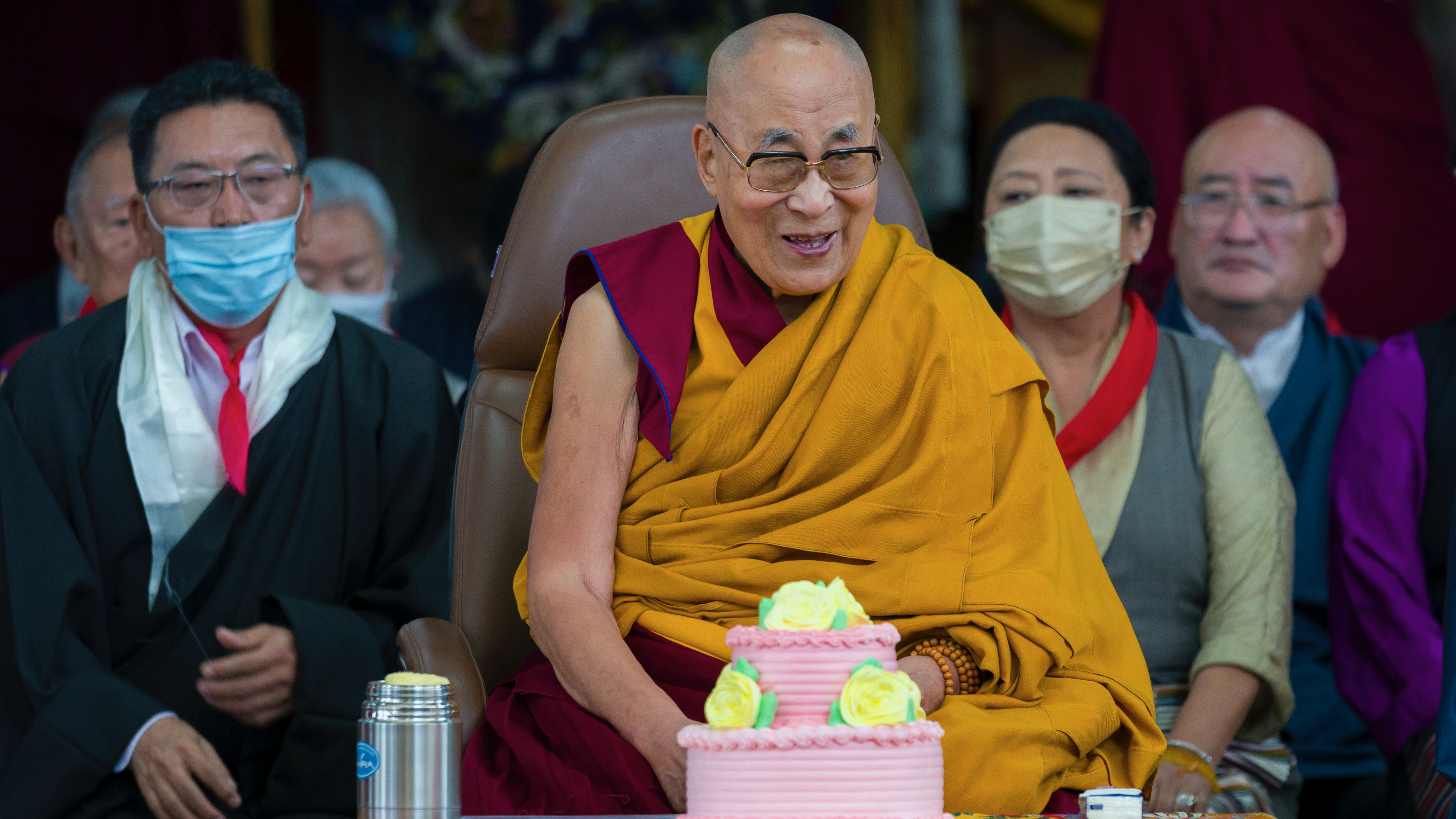On Thursday, hundreds of the Dalai Lama’s supporters gathered at the main Tibetan temple in Dharamshala, India — where he has been exiled for more than six decades — to sing “Happy Birthday” as the spiritual leader cut a cake with pink icing.
The Dalai Lama, who turned 88, has said he will live to be up to 113. But his health has been deteriorating, and he’s been hospitalized a few times in recent years.
“When we pray, there’s only one prayer, may His Holiness live thousands and thousands of years,” said Tenzin Lekshay, a spokesperson for the Central Tibetan Administration in Dharamshala. “But that’s not possible, in fact.”
Tenzin Gyatso, the 14th Dalai Lama and the spiritual and temporal leader of Tibetan Buddhists, was forced to flee Lhasa in 1959 when the Chinese occupied Tibet. He is the longest-serving Dalai Lama in history and has come to embody the Tibetan struggle for autonomy.
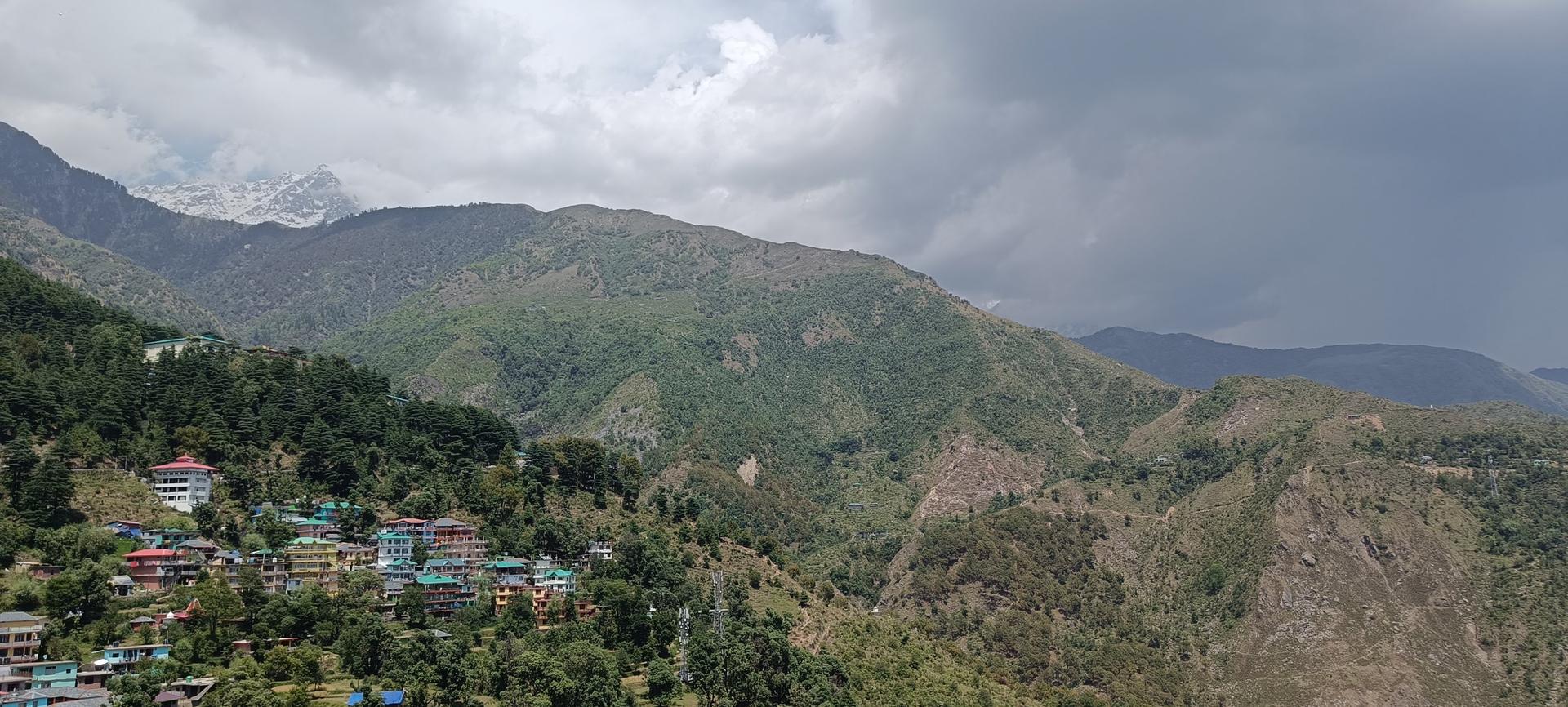
But as he ages, the prospect of his demise — and what happens after — is looming.
“The Chinese expectation is that once this extraordinary human being, the Dalai Lama, is not there, the Tibetan unity that he has achieved in exile will splinter and the international support for the Tibetan cause will dissipate. And then, they will be able to succeed in altering the narrative in Tibet,” said Amitabh Mathur, former adviser of Tibetan affairs to India’s Ministry of Home Affairs.
In Dharamshala, ordinary Tibetans grapple with what might come next as they prepare themselves to continue the Tibetan struggle in the absence of their leader.
Tibetans are ‘fully indebted’ to the Dalai Lama
Tenzin Lekdhen’s grandparents were among the tens of thousands of Tibetans who followed the Dalai Lama to India several decades ago. Lekdhen, who is now 25 and a Dharamshala-based activist at Students for a Free Tibet, grew up in India’s northeastern state of Arunachal Pradesh. In his refugee settlement, he said, everyone was devoted to the Dalai Lama.
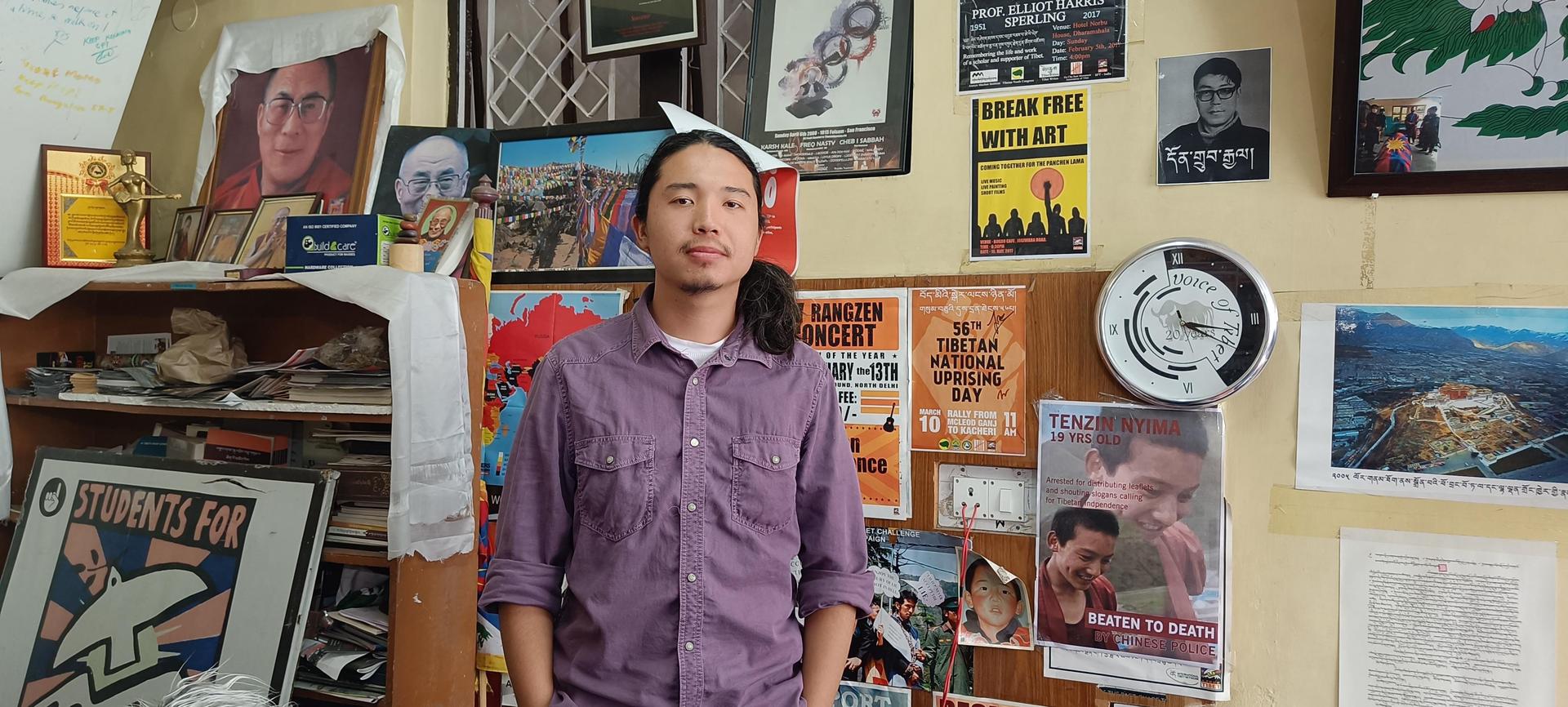
“Every morning, my grandpa and grandma would, the instant they wake up, they would pray to him. And before retiring to bed in the night, they would pray to him,” Lekdhen said. “So, to us since birth, we are fully indebted to His Holiness.”
In exile, the Dalai Lama introduced Tibetans to democracy, setting up the Central Tibetan Administration, essentially a government-in-exile. In 2001, the Dalai Lama announced a semi-retirement from his political role, and in 2011, he relinquished all of his political powers.
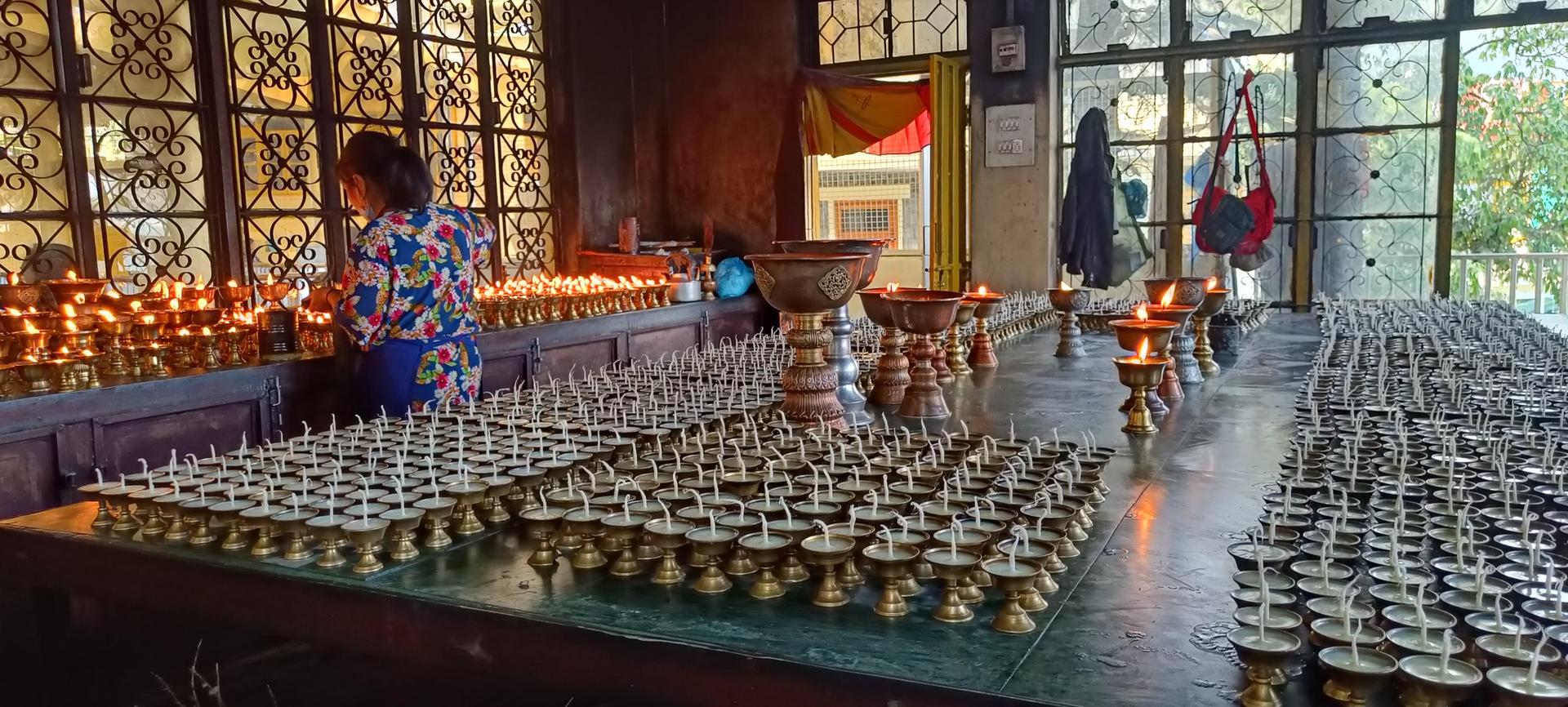
Mathur said he did so to bolster Tibetan unity: “The whole idea of his withdrawing from political role was that the process of democracy should throw up leaders who would have the loyalty of Tibetans across sectarian lines from all four major schools of Tibetan Buddhism, and this leadership would take the Tibetan struggle forward after he is no more.”
Today, the Dalai Lama remains Tibet’s foremost spiritual leader. He doesn’t travel much because of his age, but regularly meets supporters at his home, including some from China and Taiwan.
“The Dalai Lama continues to be the embodiment of the Tibetan struggle,” Mathur said. “And all Tibetan hopes and expectations are centered around him.”
The reincarnation debate
According to Tibetan Buddhism, when the Dalai Lama dies, he is reincarnated. Other higher monks set out to find the successor — a young boy in most cases, according to instructions left by the previous leader — and groom him.
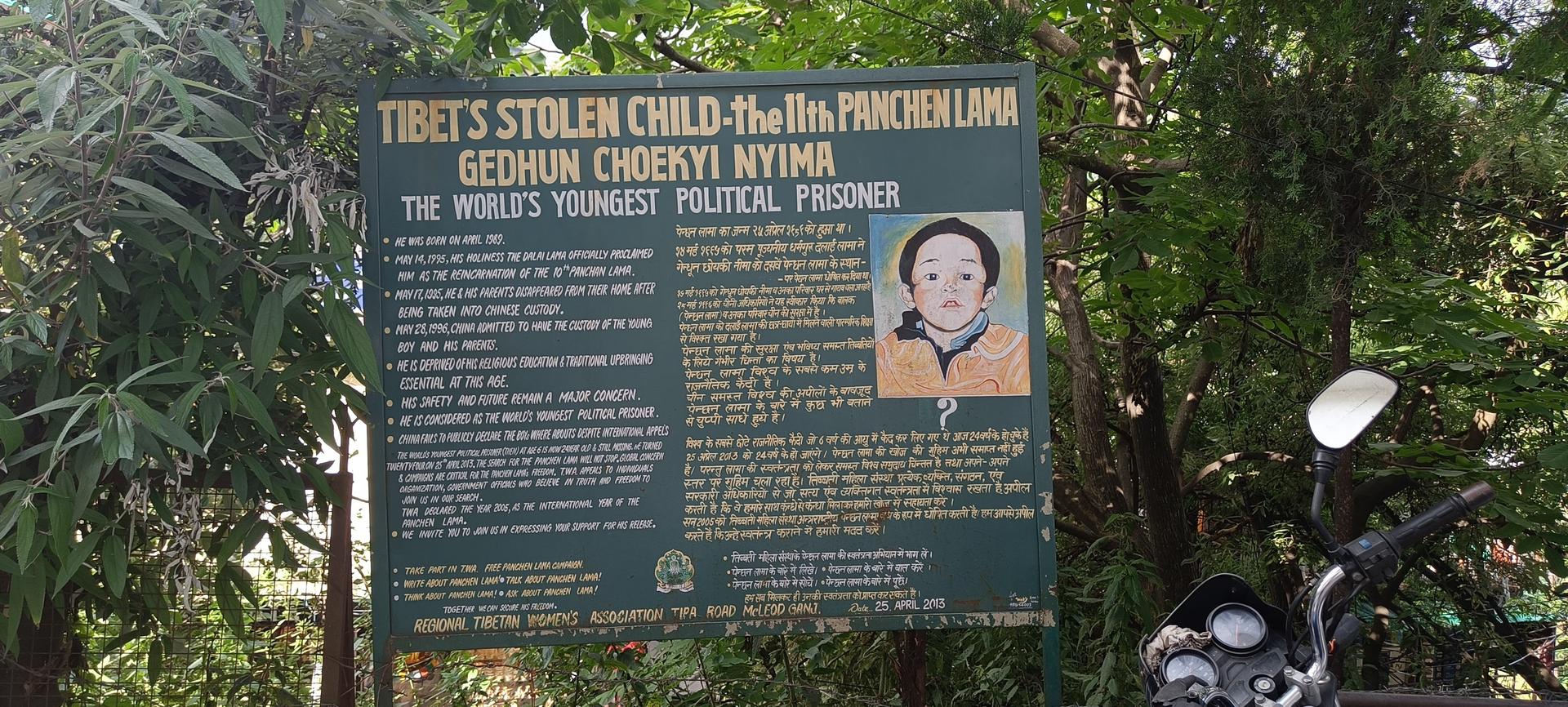
The current Dalai Lama has said he will decide on his reincarnation when he turns 90. But Beijing says it will be the one to choose the successor, an idea that Lekshay and other followers reject.
“His Holiness is the only person to decide upon where His Holiness should be born, nobody else,” he said.
A bitter tussle over the rightful leader is likely to unfold in the coming decades. In 1995, soon after the Dalai Lama identified a 6-year-old boy as the reincarnation of another high-ranking monk, the Panchen Lama, Chinese forces took the child into custody and installed someone else — who is rejected by the Dalai Lama’s followers. Across Dharamshala, there are posters about the boy chosen by the Dalai Lama, whose whereabouts are still unknown.
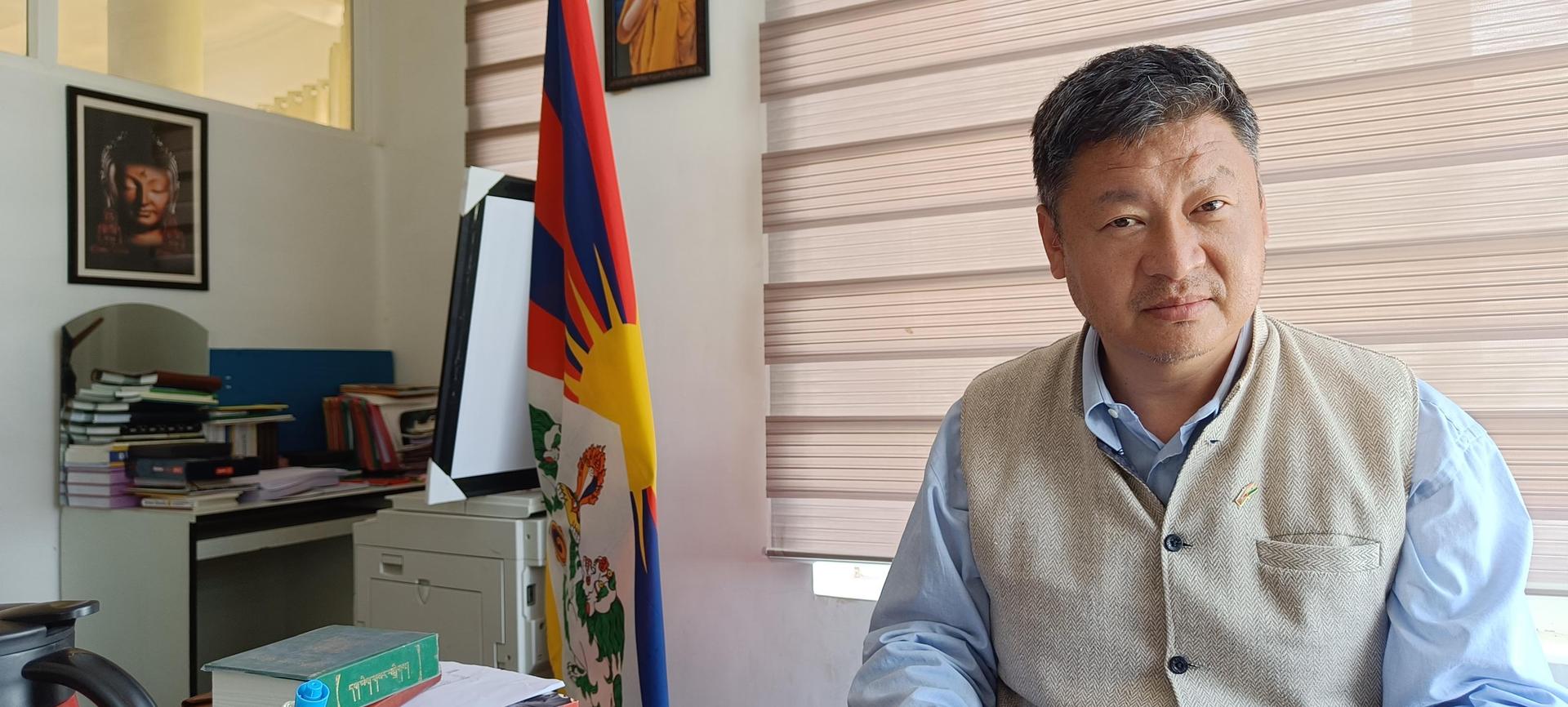
“The entire Chinese game plan is based on the [idea] that when [the Dalai Lama] is not there, the Tibetan cause will go away,” Mathur said.
But activist Lekdhen said that the Dalai Lama has been preparing Tibetans for decades to continue the struggle without him.
“I think we should be right now ready to move forward to take the cause in our own hands,” he said.
But he said that he fears how those inside Tibet will react to the Dalai Lama’s passing when it happens.
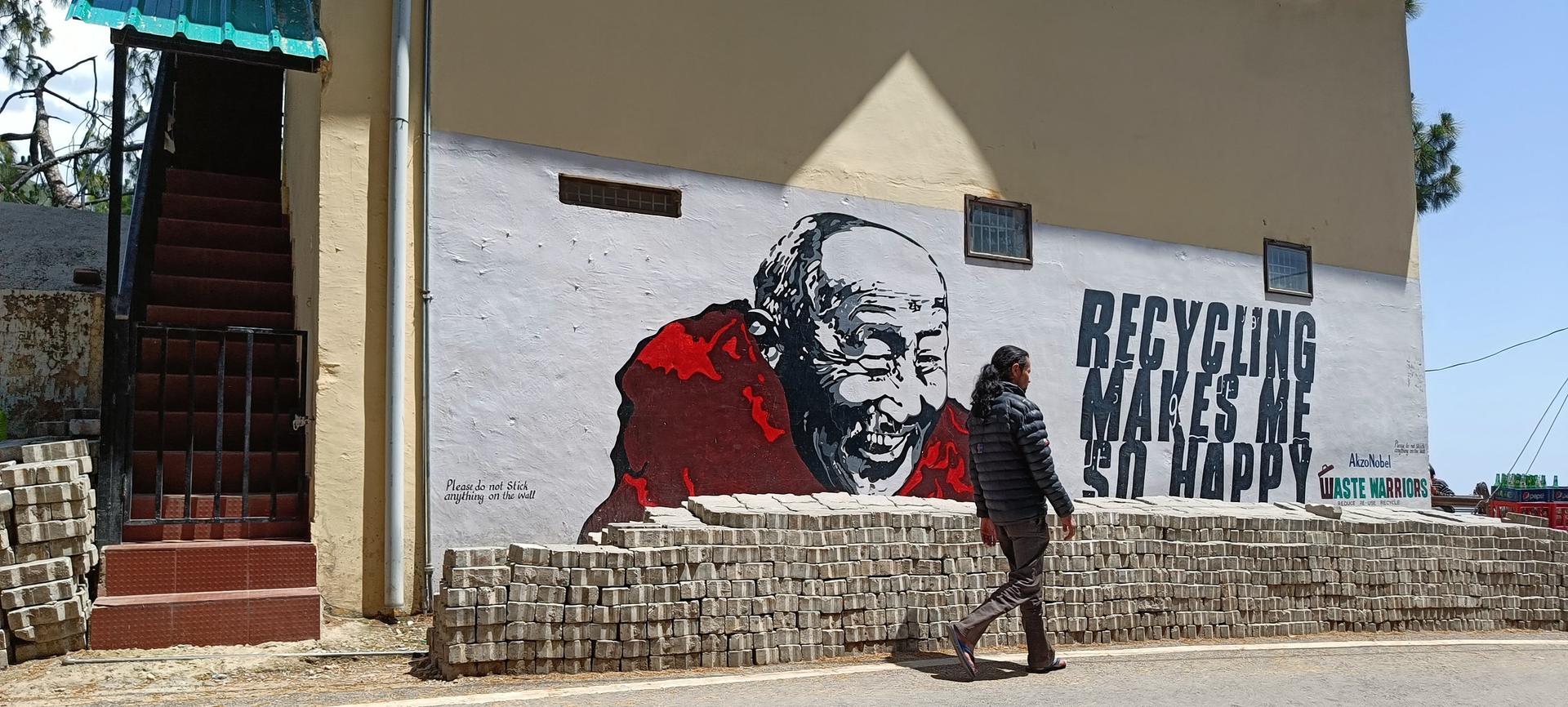
“I strongly believe that the Tibetans inside will not pay allegiance to that Dalai Lama whoever China installs. But China will find ways to maneuver around that to somehow control the Tibetans,” he said.
Lekshay, from the Central Tibetan Administration, said that time is running out to resolve the Tibet-China conflict, adding, “Chinese leaders do not have a political will to resolve the issue.”
Dialogue with China, deadlocked since 2010, must resume in the presence of the current Dalai Lama, he said.
But even so, when the time comes, he said, Tibetans will have to be resilient.
“Obviously, it’ll be a chaotic situation. Obviously, it’ll be a very sad situation,” he said. “But when the sun sets, it is obvious that sun will rise.”
The institution of the Dalai Lama has been through 13 transitions. It will survive another one too, he said.
